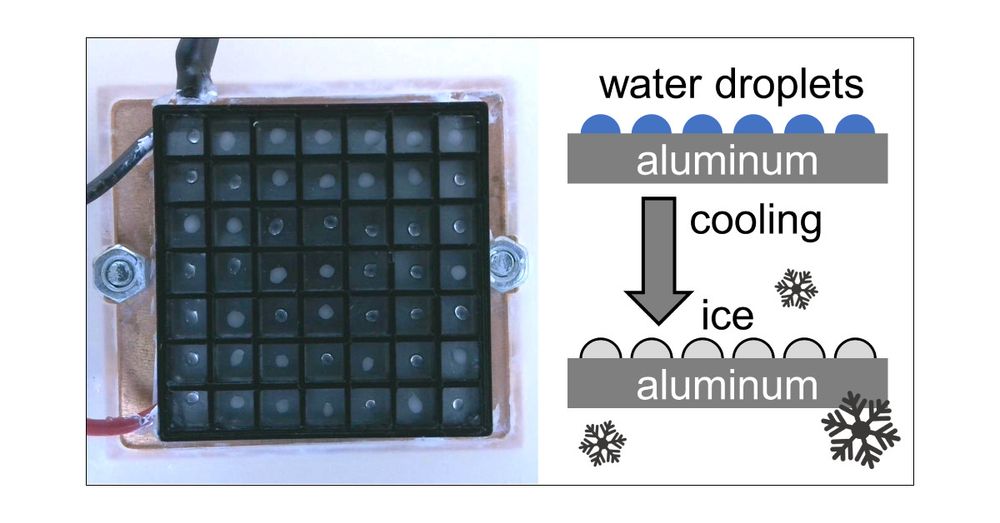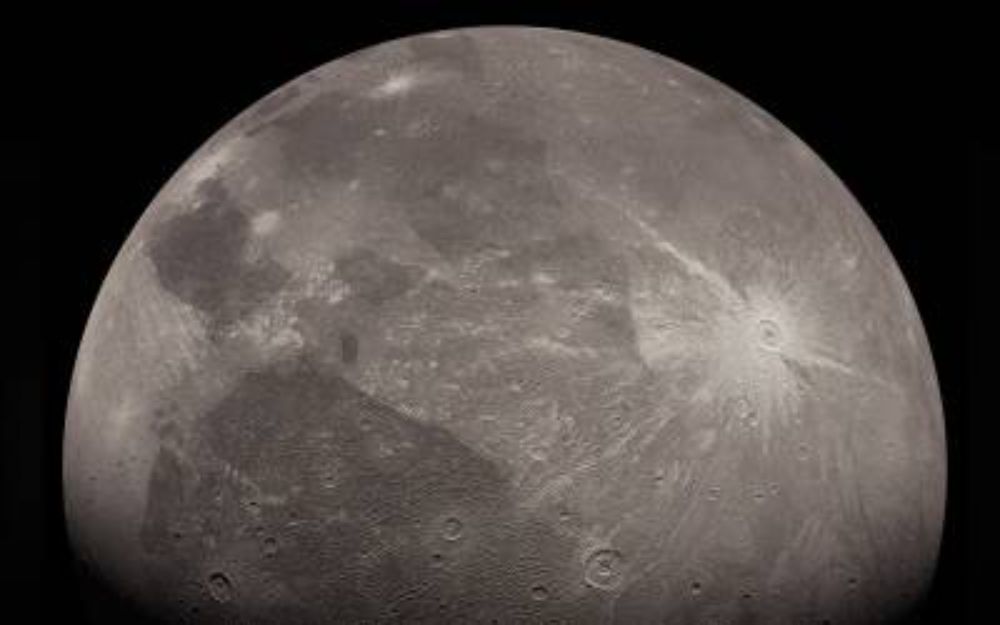
www.salzmannlab.org

www.chemistryworld.com/opinion/the-...

www.chemistryworld.com/opinion/the-...



Commemorating 200 years since Faraday isolated benzene, celebrating Lonsdale's contributions in crystallography, activism & science communication.
Free to attend, all welcome.
Register: buff.ly/IIDjsC2
#Science #London #Chemistry #WomenInSTEM

Commemorating 200 years since Faraday isolated benzene, celebrating Lonsdale's contributions in crystallography, activism & science communication.
Free to attend, all welcome.
Register: buff.ly/IIDjsC2
#Science #London #Chemistry #WomenInSTEM





